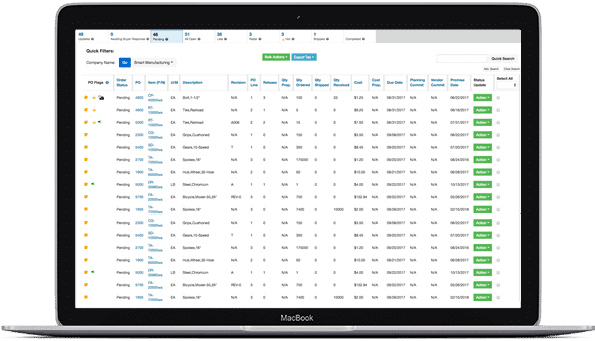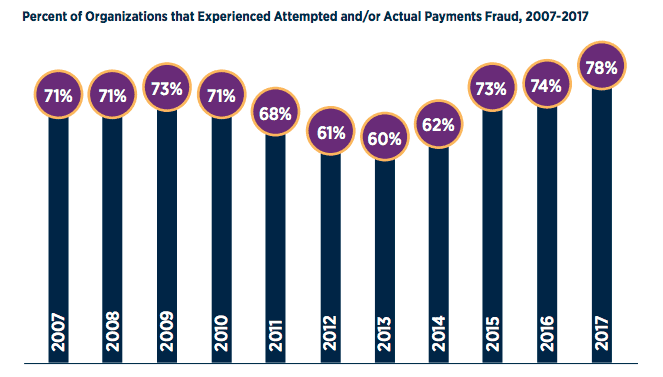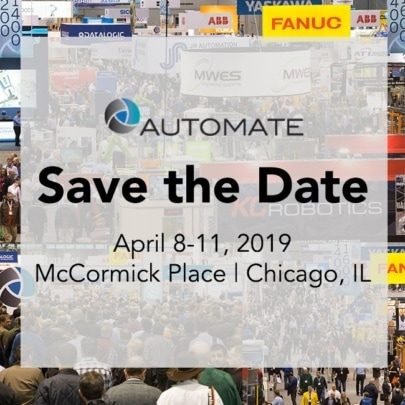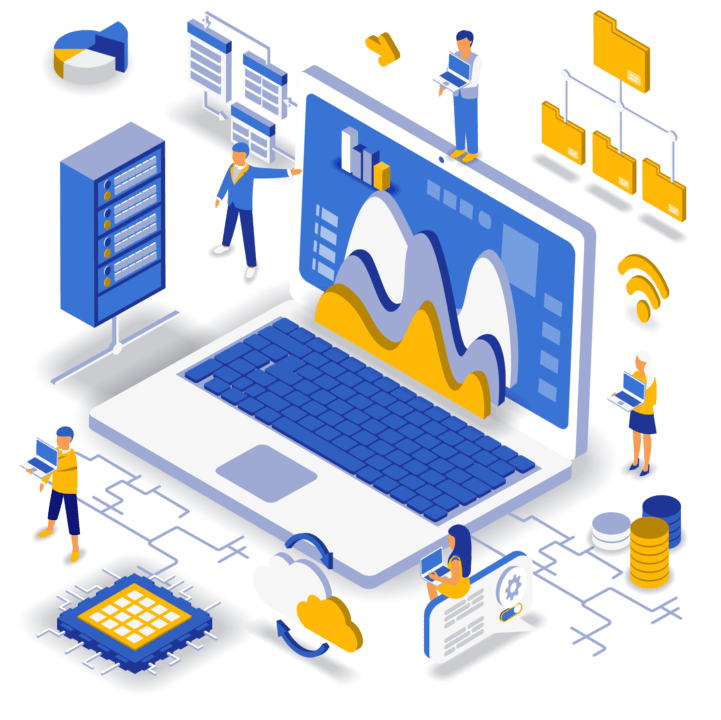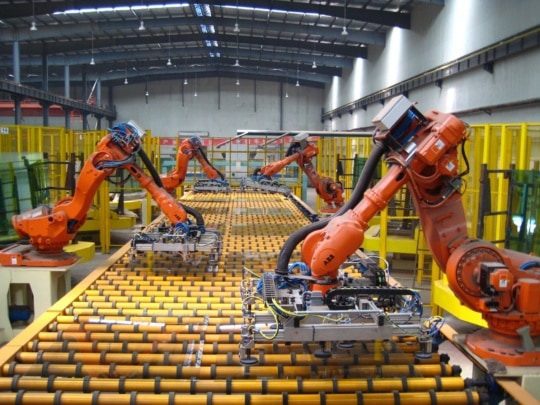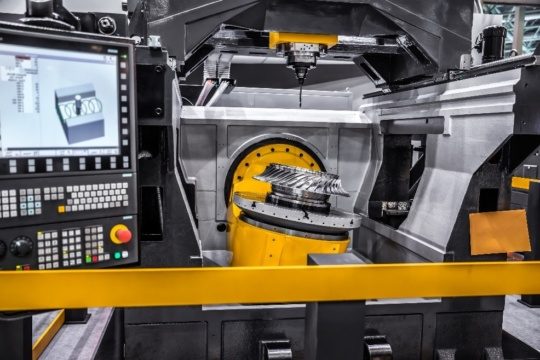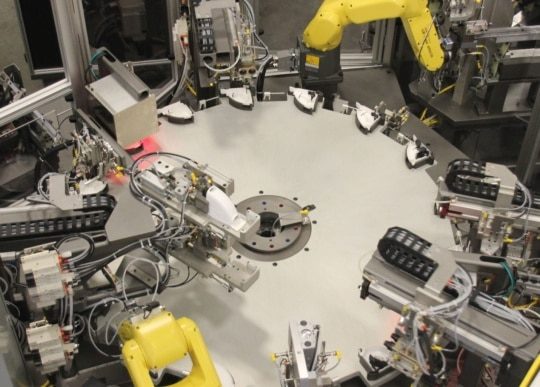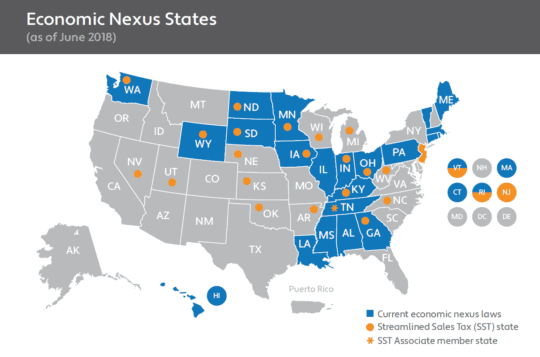Traditionally, the procurement process requires a great deal of manual effort as businesses commit resources to find and acquire goods, services, or work from external sources. These agreements require further attention as contracts need to be drawn, terms agreed to, and those agreements are managed throughout the life of the manufacturer/supplier relationship. This often extends far beyond one source to incorporate many external suppliers who can fulfill needs when another supplier cannot or for materials of varying quality and composition. The process has been most often achieved through a tendering or competitive bidding process. Fortunately, modern procurement automation solutions have enabled manufacturers to hand off many of their manual tasks to self-guided systems. The resulting procurement process improvement frees valuable internal resources for business-critical decision-making and strategizing efforts. Our partners at SourceDay have developed these industry-leading procurement automation solutions for use in an array of manufacturing and supply chain scenarios.
SourceDay Procurement Automation Solutions
SourceDay Procurement Automation Solutions For Buyers And Suppliers
For suppliers, Managing customers’ needs can be a daunting task. SourceDay allows you to handle it all in one convenient place. Purchase order management and buyer/supplier collaboration solutions work together to eliminate the headaches that come with managing an extensive list of customers. What’s even more attractive is the fact that SourceDay’s procurement automation solutions are free for suppliers.
For buyers, maintaining an effective and intuitive collaboration process with suppliers brings many challenges. when parts are being ordered in vast quantities the sheer volume of parts being ordered and so much relying on those parts arriving perfectly, supplier relationships are critical. A delay, an error, poor quality materials, or miscommunication can have detrimental implications with ripple effects that impact the end customer.
ERP systems, like Infor, SAP, NetSuite, and Epicor, help companies manage their businesses from financial operations to inventory management, production, and customer fulfillment. As good as ERP systems are, they all have feature gaps in functionality. Today’s ERP systems lack effective tools for managing purchase orders and suppliers. Once the ERP establishes requirements and the POs are generated, most buyers leave their ERP systems and rely on static, manual spreadsheets, emails, phone calls, and faxes to handle the rest. This equates to data in the ERP system being out of sync and creates aggravation, and mistakes while making it impossible for manufacturing and distribution companies to schedule production runs and forecast deliveries to their customers.
SourceDay ERP Integrations
SourceDay has developed seamless integrations alongside the most widely used ERP systems. This extends manufacturers’ investments in technology, amplifies the power in controlling internal and external processes, as well as boosts the functionality of existing ERP systems. By digitizing and automating supplier purchase order updates into existing ERP systems, customers receive a complete data transfer that eliminates errors and wasted time that results from manual-entry tasks, all while maintaining up-to-date data in your ERP system. Implementing SourceDay, further increases the return on existing ERP system investments.
SourceDay can integrate into nearly any ERP:
- Epicor
- Epicor Eclipse
- Epicor Prophet 21
- SAP
- NetSuite
- ECI M1
- Exact Macola
- Infor
- Infor CloudSuite Industrial
- Infor-SyteLine
- Infor Visual
- Microsoft Dynamics AX
- Microsoft Dynamics NAV
- Plex
- QAD
- Shoptech E2
If you don’t see your current ERP system in the list below, you can reach out using the contact us link below to confirm that your system is eligible for SourceDay ERP Integration.
Mobile SourceDay Procurement Automation Solutions
SourceDay is the only procurement management software specifically made to solve the most common challenges manufacturing and distribution companies face in managing their direct spending. Now, with SourceDay Mobile, procurement leaders, and their teams can manage procurement from anywhere at any time from their smartphones. Users will have quicker access to view, acknowledge and communicate on procurement data, where the data is being consumed, for endless collaboration. No other solution brings greater execution and visibility into the procurement and PO lifecycle while reducing risk, costs, and delays.
The benefits of mobility are felt several times over with SourceDay procurement automation solutions, including:
- Manufacturing and distribution business flexibility that delivers agility in decision-making processes anywhere, regardless of location, country, or time zones
- Stronger and more easily managed buyer/supplier partnerships with collaboration tools that can be leveraged anytime, anywhere
- More efficient and proactive customer support to drive supply chain performance
- Real-time notifications delivered to your mobile devices provide the framework for immediate action and quick decision-making
About Encompass Solutions
Encompass Solutions is a business and software consulting firm that specializes in ERP systems, EDI, and Managed Services support for Manufacturers and Distributors. Serving small and medium-sized businesses since 2001, Encompass modernizes operations and automates processes for hundreds of customers across the globe. Whether undertaking full-scale implementation, integration, and renovation of existing systems, Encompass provides a specialized approach to every client’s needs. By identifying customer requirements and addressing them with the right solutions, we ensure our clients are equipped to match the pace of the Industry.


